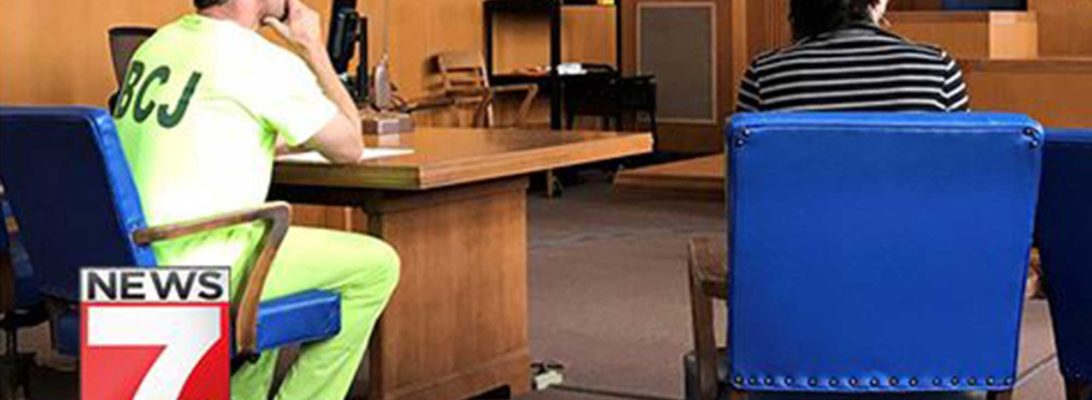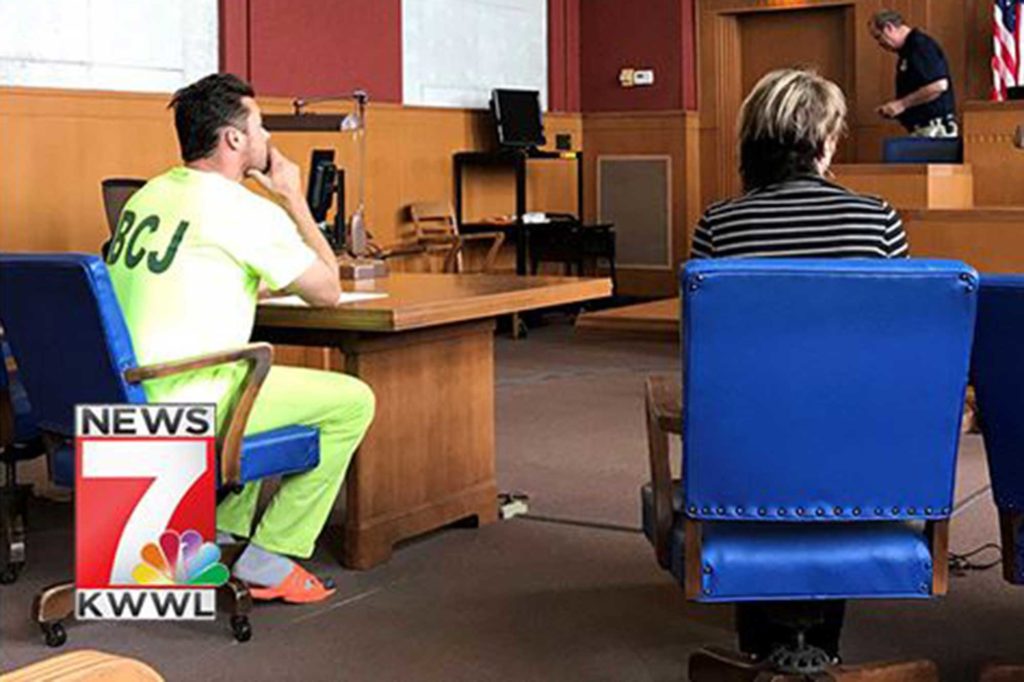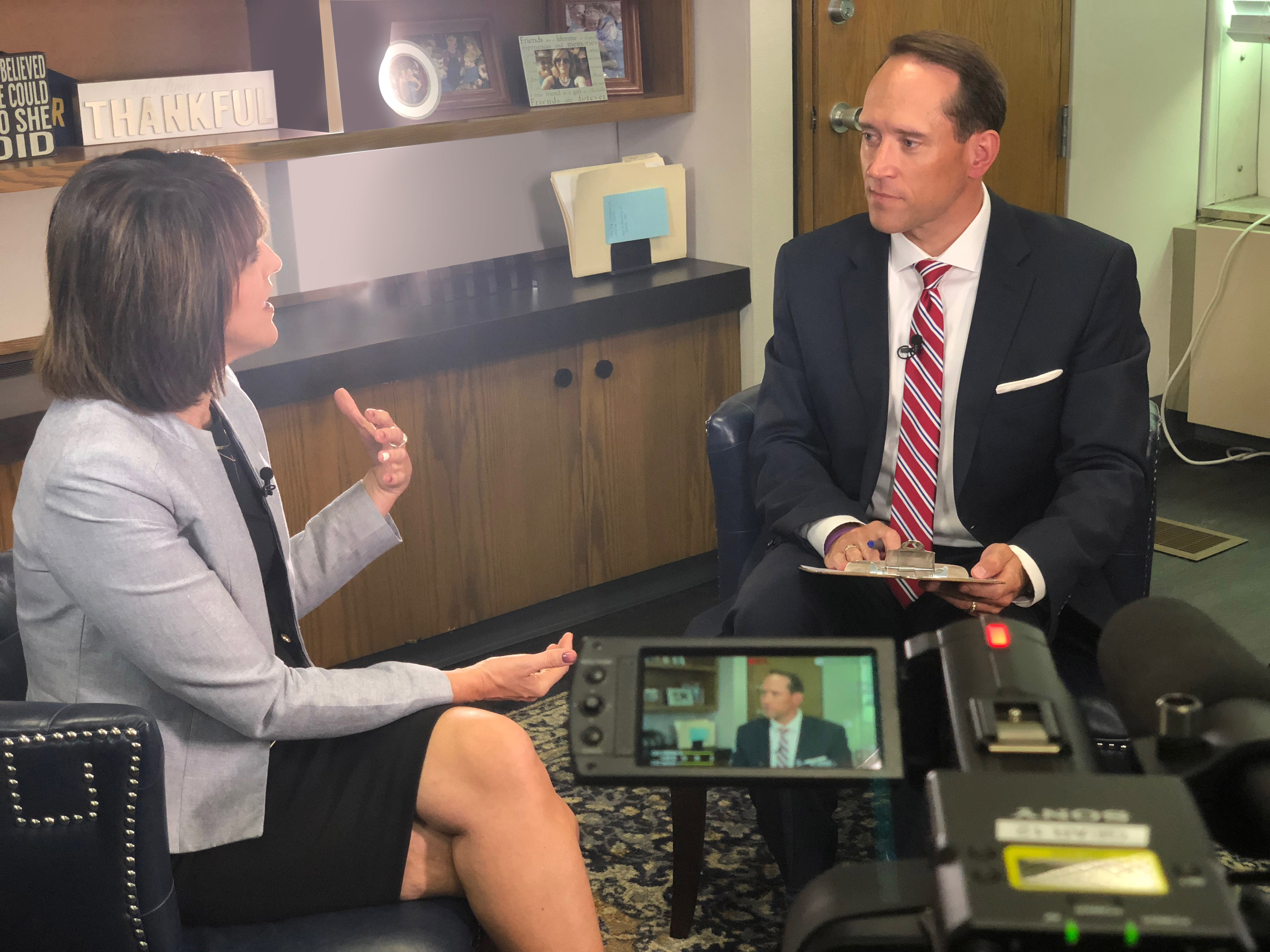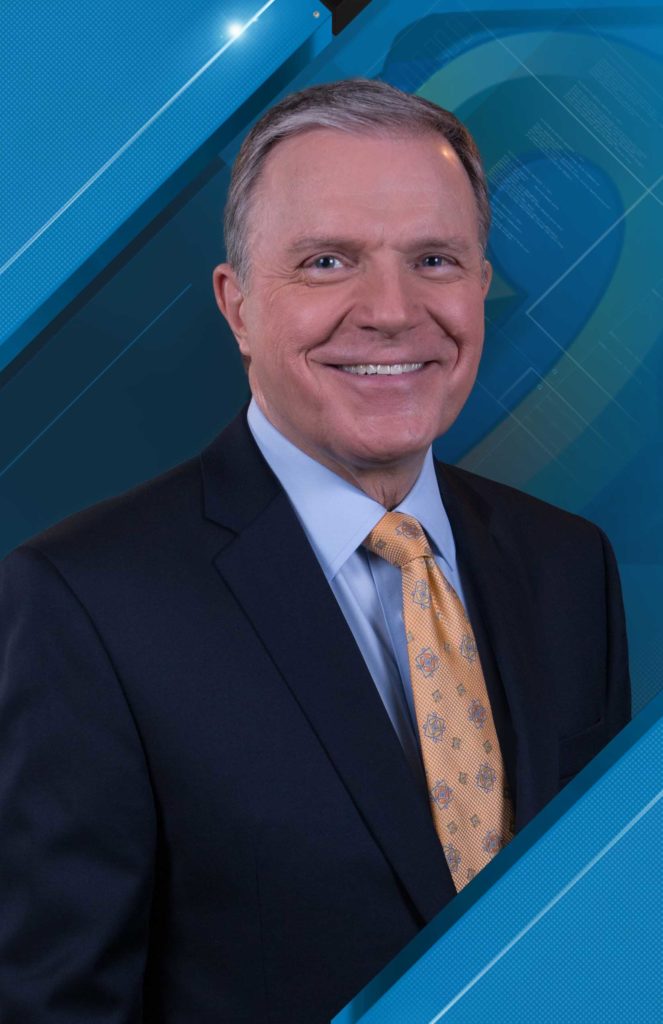
Bruce Aune is retiring after more than 50 years in broadcast journalism, including the past 34 years as the main anchor at KCRG-TV in Cedar Rapids.
Aune talked about his career shortly before his last day at KCRG on March 6th. Here are excerpts of the interview. The full interview is posted below.
Not many broadcast journalists stay in the profession for as long as you have. Why did you continue working in the news business for so long?
I just have really, really enjoyed it. The aspect of being in touch with what’s going on in the community and in the state, and even beyond that in our country, and having the ability to discern what we think is of value to our viewers gives me a responsibility that I really treasure.
Why did you decide to retire now?
I hit 70 last July. And it was a point where I decided that I needed to spend more time with my wife and we’re going to do a lot more traveling and things. And I maxed out my social security (laughs). So, it was time.
What are your plans now that you’re retiring?
My wife Darcy and I are planning to do a lot more traveling. We are going to Israel and Jordan in just about six weeks from now and then a trip to Portugal next October. And we’re planning to do as much mission work as we can through our church and other organizations.
Our faith is very important to us and we are going to make that kind of the center of my retirement adventure. I think it’s going to keep us busy plus a lot of volunteer work for different organizations here in the Cedar Rapids area too.
You’ve covered a lot of events over the years. Of course, one of the biggest ones I’ve got to assume is the flood of 2008. What was it like to cover that?
Less than a month before that we had the devastating tornado that hit Parkersburg and that was a huge, huge story here in Eastern Iowa. And then to suddenly have this devastating flood was just beyond our belief, but it was a situation where the Cedar River in Cedar Rapids just kept rising and it just kept raining. The Thursday before the crest, I came in in the morning and started working with our morning anchor. I think I was on the air until about one o’clock the next morning. Beth Malicki, my co-anchor, came in in the afternoon and it just continued on for four days where we were putting in these long, long hours, and we lost electricity in our building and were running on a generator.
We again felt that there was a real responsibility for us to really get the information out to people on what exactly was happening. And when you’ve got thousands and thousands of people like this forced out of their homes, not just in Cedar Rapids, but in many of the communities here in Eastern Iowa, it was a time for us to really just shift into that higher gear and take off the neck tie, throw it in the corner, and get to work.
Any other big stories that you’ve covered over the years that stand out?
There’ve been quite a few. (There were) the shootings in Iowa city back in 1991 at the University of Iowa. That was really I think the beginning, kind of the turning point for KCRG-TV news coverage. We were seriously a bad number three in the market when I came in March of 1986 and it took several years for us to really kind of convince the viewing audience that we were serious and we’re trying to take a different step forward and really become more dominant in the market.
Any last things you’d like to say?
I just want to point out how much I appreciate the loyalty of viewers here in Eastern Iowa. The friendship, the kind, kind words that are coming in now with my retirement, it really is very humbling to find out the impact I, as a human being, had on other people.
Aune is the 2015 Jack Shelley Award winner, the highest honor given by the Iowa Broadcast News Association.
By Cliff Brockman, past IBNA president, Jack Shelley Award winner, and Professor Emeritus, Journalism & Communication, Wartburg College.
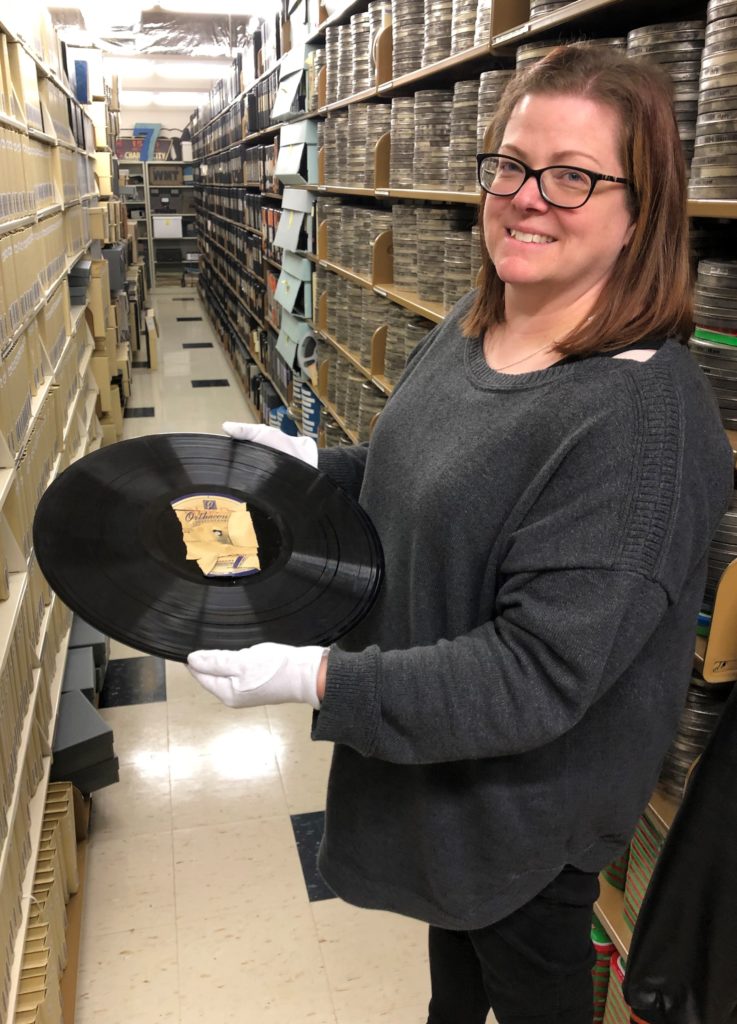
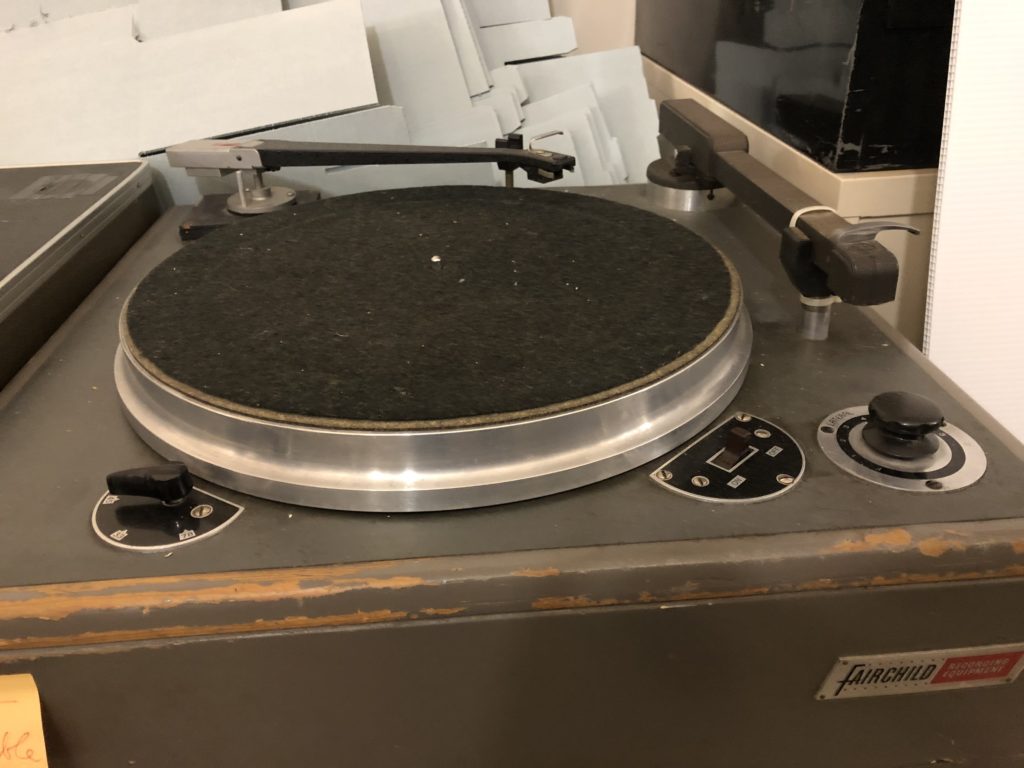
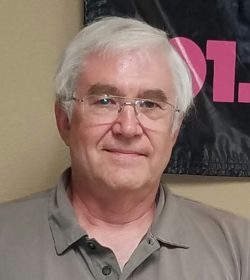
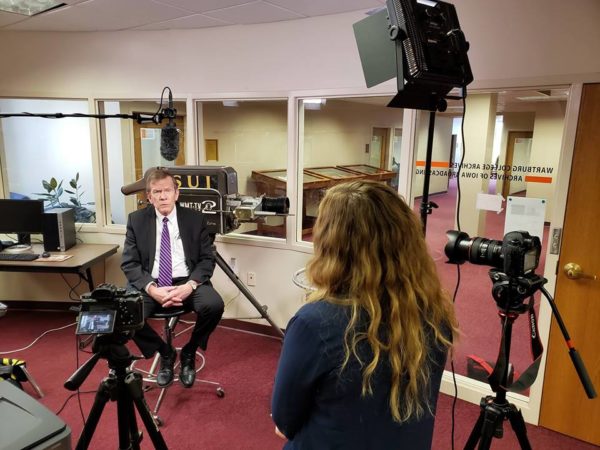



 KCCI-TV News Director Dave Busiek retired December 12th after a more than 42 year career as a broadcast journalist. He spent the last 39 years, 29 of those as news director, at KCCI in Des Moines. He worked for three years before that at WHO radio, also in Des Moines.
KCCI-TV News Director Dave Busiek retired December 12th after a more than 42 year career as a broadcast journalist. He spent the last 39 years, 29 of those as news director, at KCCI in Des Moines. He worked for three years before that at WHO radio, also in Des Moines.


